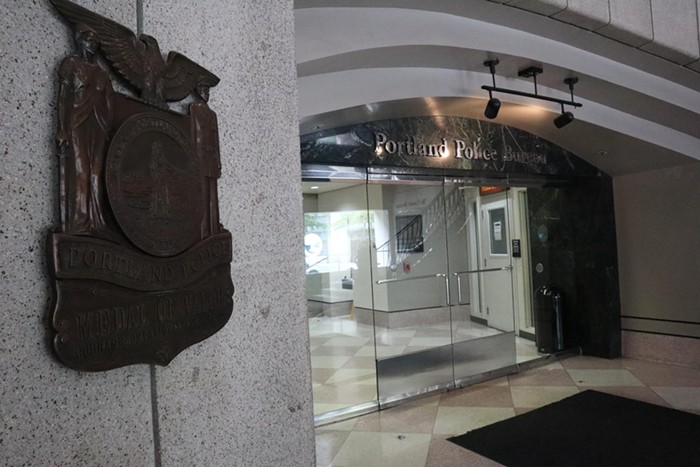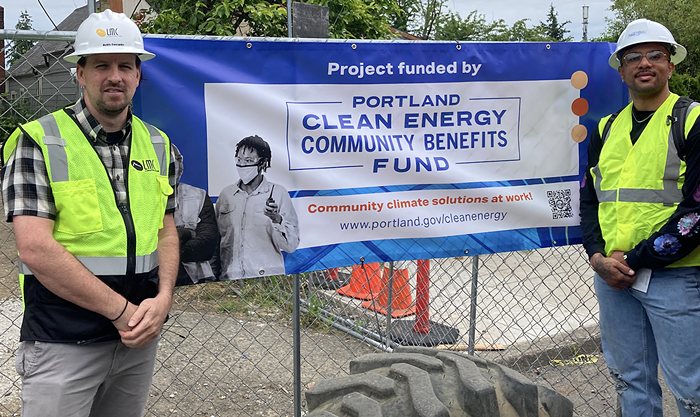Last year, Portland City Council voted to require the Portland Development Commission (PDC) to set aside 30 percent of its budget for low-income housing projects as a way to keep poor people from being pushed to the 'burbs. But, now, at least one neighborhood is rejecting the idea out of fear it will turn certain parts of the city into ghettos.
The "set-aside" applies to all of the money PDC spends in Urban Renewal Areas—blighted areas pegged for redevelopment—and is equal to about $163 million.
Sounds like a great way to provide housing for folks who are left out of Portland's housing boom, right? But neighbors in Lents—one of the PDC's 11 Urban Renewal Areas—don't think so. They're afraid the PDC money in their neighborhood is going to be used mostly on "public housing" projects for Portland's neediest people, wholly subsidized by the city, as opposed to apartments or housing for people who are only slightly poor.
In a fiery letter sent to the city council on Friday, March 9, Lents Neighborhood Association President Dewey Akers criticized the 30 percent set-aside, saying it will concentrate public housing—a term he uses to refer to rentals for the very poor—in a few neighborhoods, like Lents. Akers says that plan is unfair to both the neighborhoods and the future residents of the housing.
Akers stresses that neither he nor the Lents Neighborhood Association—which signed off on the letter, he says—are opposed to creating more housing for the city's poorest residents. But, he argues, an outer Southeast neighborhood like Lents could use more funding for home ownership programs, he says. The city council should "focus your efforts on neighborhoods that have far too little public housing and away from those that have FAR TOO MUCH," Akers wrote.
Sam Chase, executive director of the Community Development Network, which advocates for affordable housing, disagrees.
"It's rare to find an area of the city that doesn't feel they have their share of affordable housing," Chase says. "There needs to be a balance of housing all over the city. In these urban renewal areas, we're trying to mitigate the loss of affordable housing."
The set-aside funds, he points out, can be used to preserve the existing stock of affordable housing and keep people in their homes.
In addition, Chase points out, nearly 30 percent of Lents' set-aside funds will be going toward home ownership programs—that's a larger percentage than in other urban renewal areas. In other words, Chase thinks Akers is off the mark.
"The letter attempts to link housing for seniors, working families, and people with disabilities with the negative terminology of 'public housing,' a federal term for a category of federal funding that has nothing to do with the set-aside," Chase says.


















